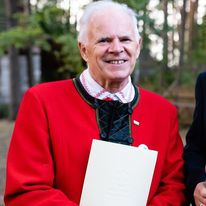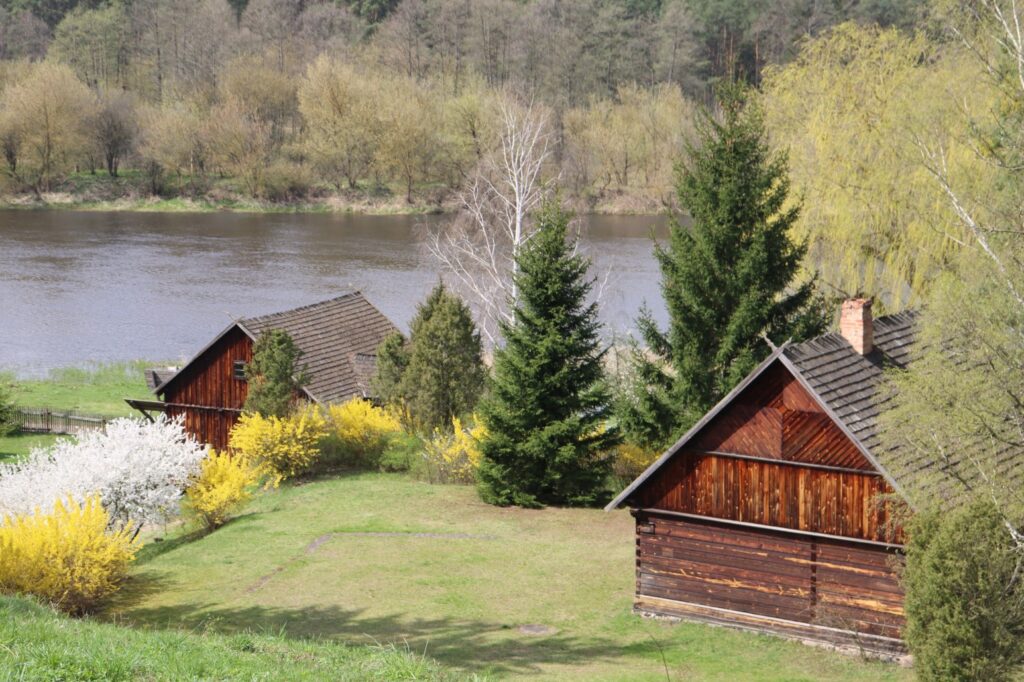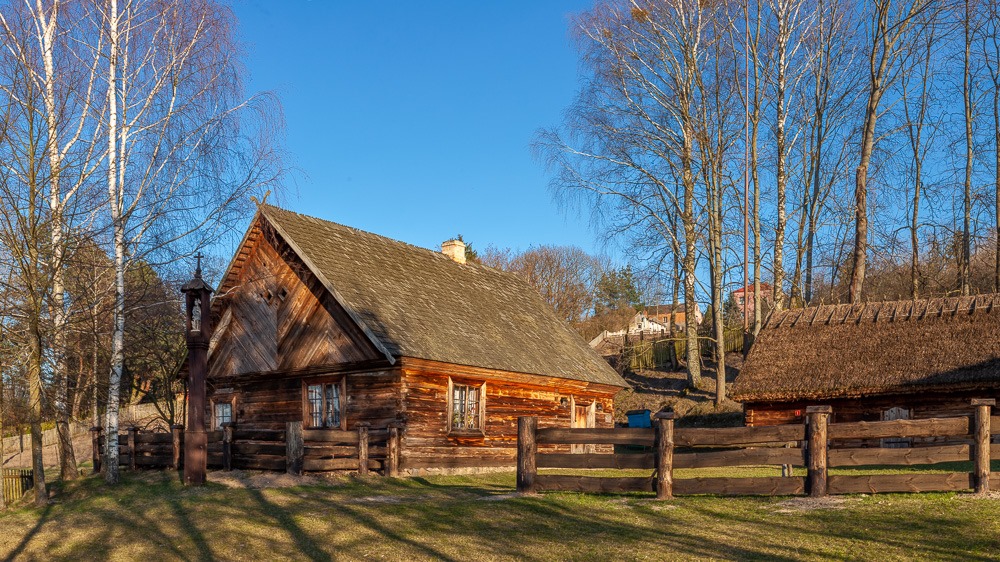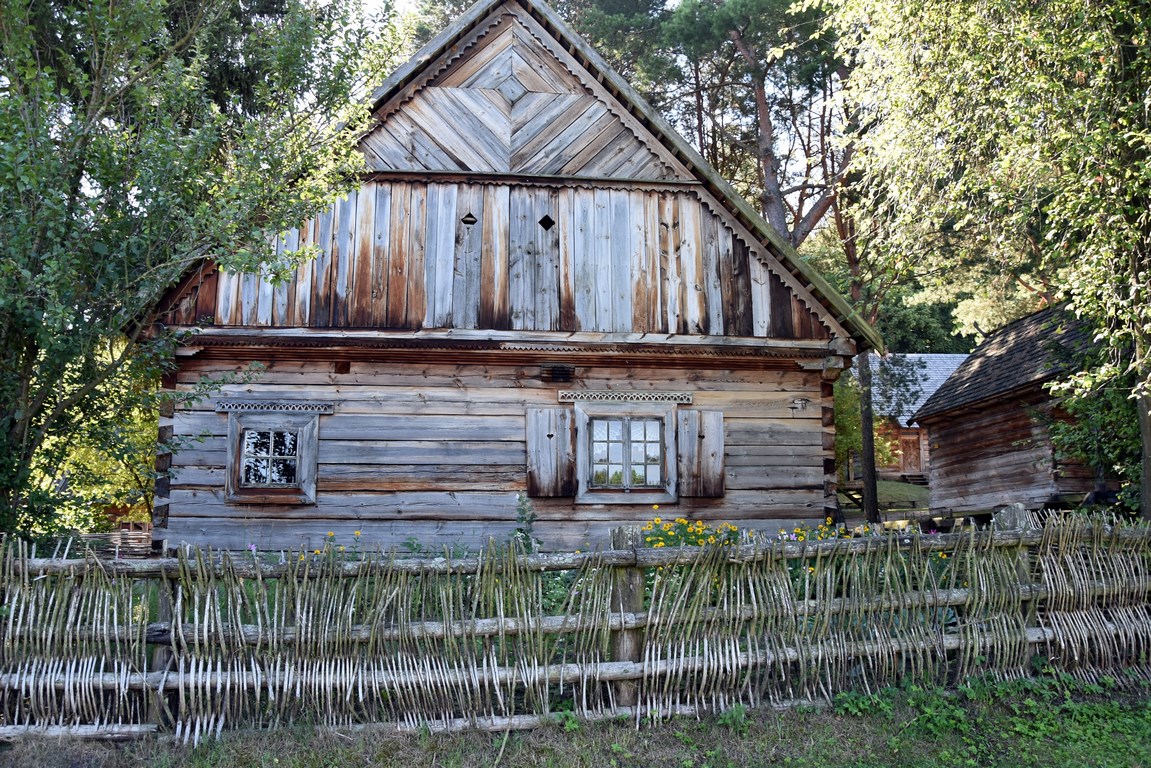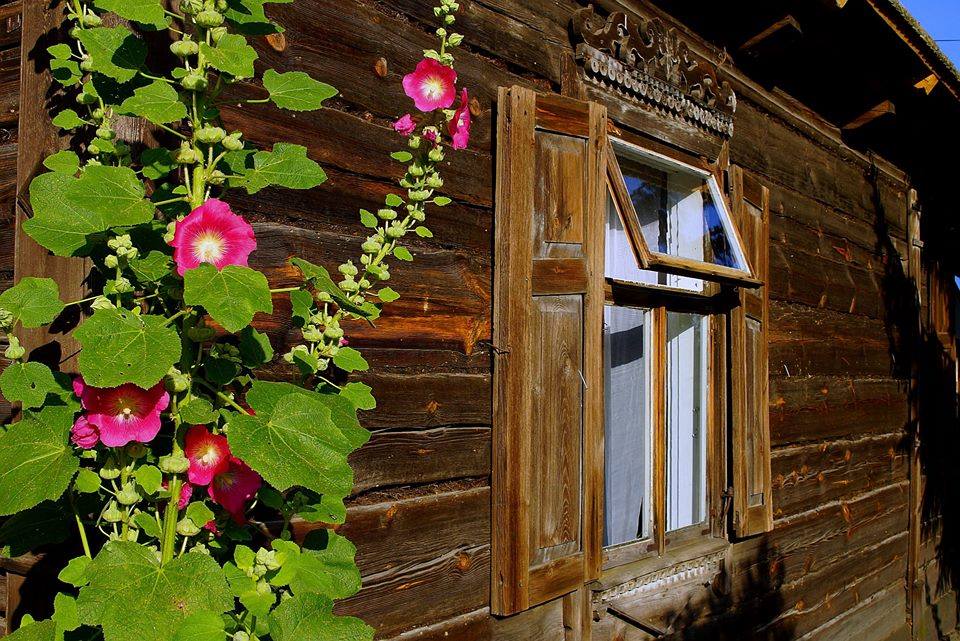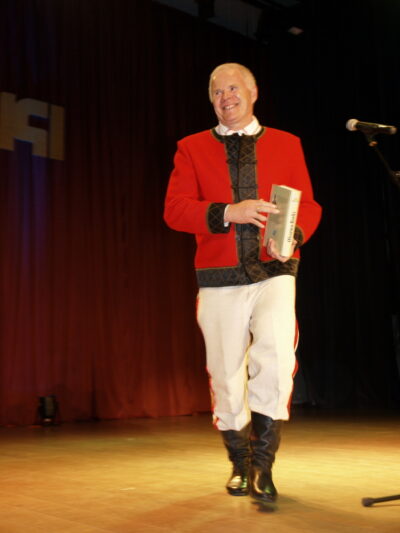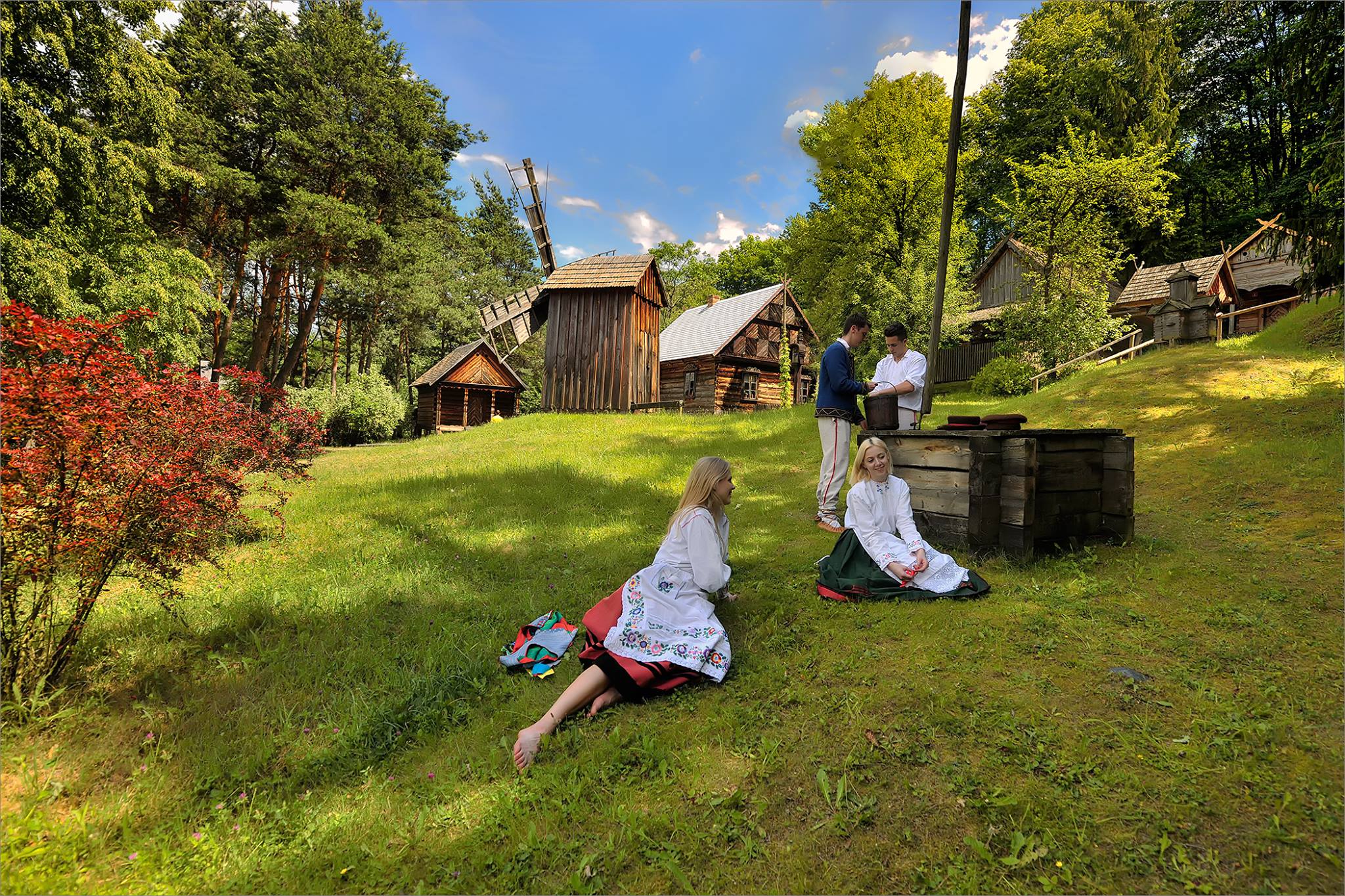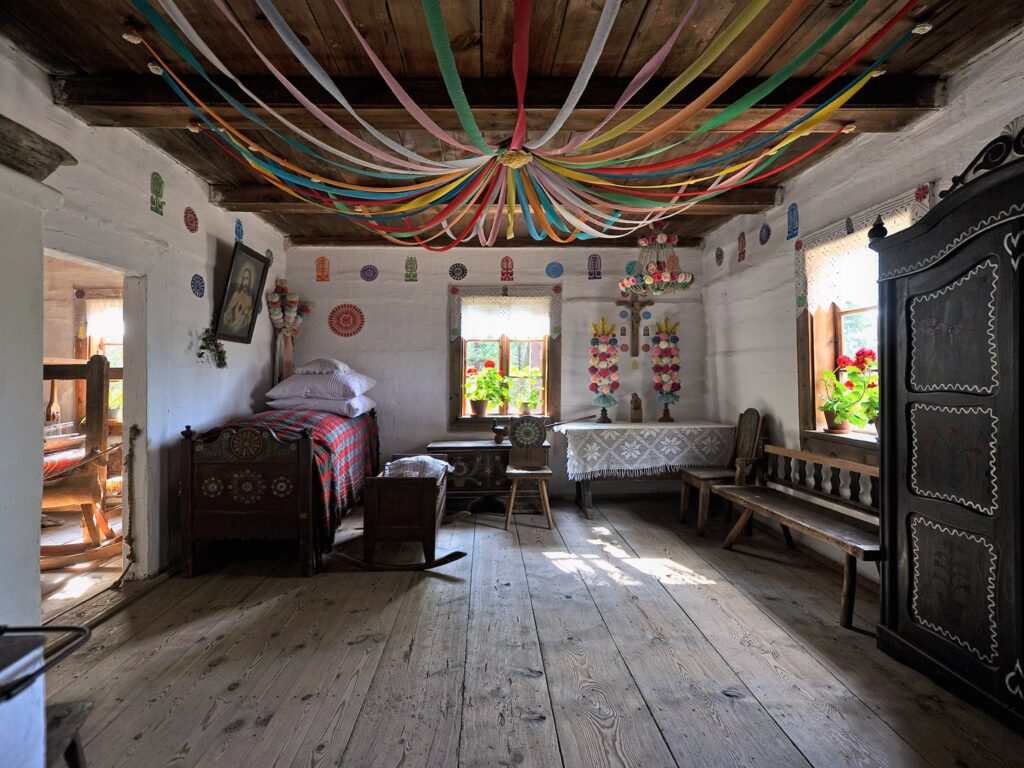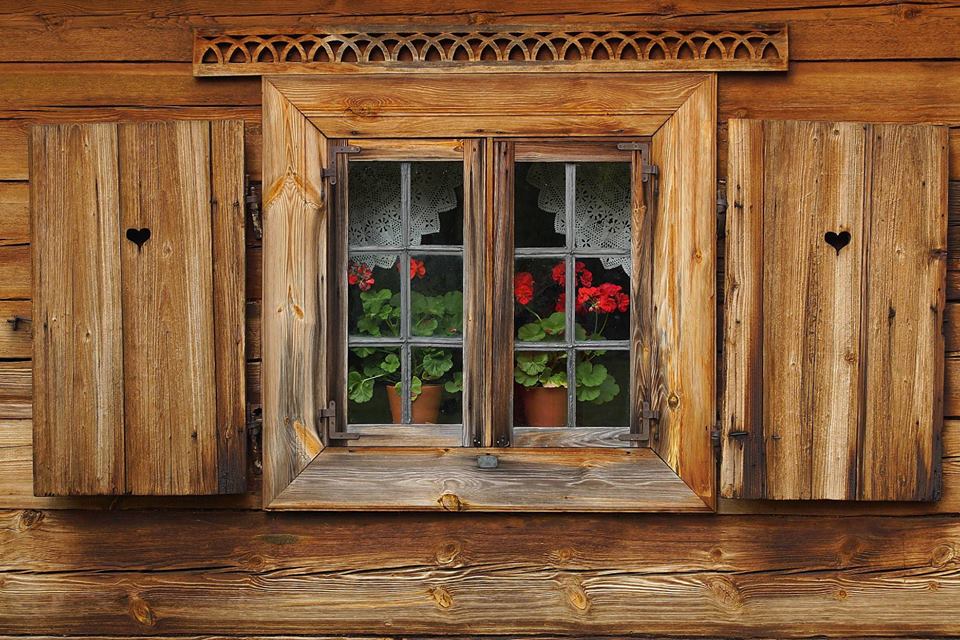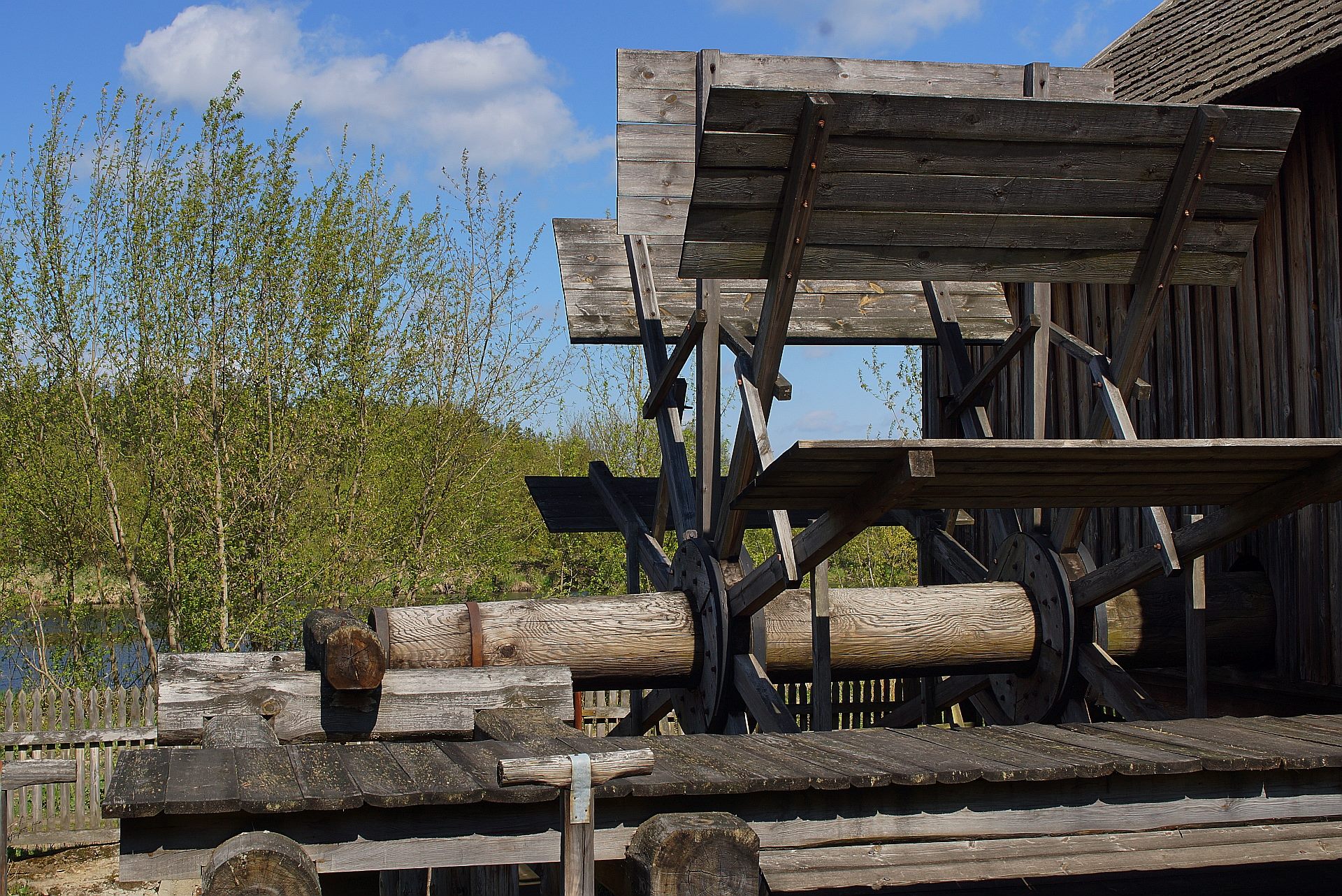The Kurpie are the “ancestors” of today’s foresters – an interview with Mirosław Grzyb, President of the Kurpie Association
Mirosław Grzyb is President of the Kurpie Association and a member of the Board of the Adam Chętnik Kurpie Open-air Museum in Nowogród. However, above all, he is a man of the Kurpie, like his father, and his father’s father before him, continuously nurturing the culture of their people. That’s why he so passionately explains how this culture manifests itself in architecture, language, and customs. He also discusses the history of the Kurpie and the preservation of their identity.
You are the President of the Kurpie Association which leads to the conclusion that you are personally connected with this region?
I was born and raised in Kurpie. Both my maternal and paternal family have lived in Kurpie for generations. I graduated from the construction technical school in Ostrołęka, and then I studied in Białystok – at the Technical University. But I couldn’t imagine not returning to my hometown after graduating and that way the circle became complete. Professionally, I’m a civil engineer, designer. The Kurpie Association was established in 1996. It happened – we might say – on the wave of renewal and liberation after years of not fully free life in the People’s Republic of Poland. We finally had freedom of association, which is also why the Kurpie people decided to associate – the Kurpie Association. It was a dream come true, after several failed attempts in the past. Four years later, I was elected president. Me – a fairly young man who’s not a teacher or an activist, but a civil engineer. Since then, the Kurpie Association has been functioning and actively working to maintain the identity of our region and its development.
Kurpie, as a region, was naturally separated from neighbouring areas, and thus formed a specific ethnic group. Please tell us more about the region itself, its borders, and its history.
Kurpie is an ethnographic region with strictly defined boundaries. From the north it is a long-term border with Prussia, the Teutonic State, etc., currently it is the border with Masuria. On the other sides, its borders are outlined by rivers. Without going into too much detail: to the east – the Pisa, to the south – the Narew, and to the west – the Orzyc and Omulew rivers. Interestingly, it’s not just the rivers. Beyond them lived people of a completely different social status. The Kurpie Forest [Puszcza Kurpiowska] was subject to the king of Poland, and before that to the Mazovian princes. The people of Kurpie were free men, subject only to the king. The lands beyond the rivers belonged to the nobility, and the people there were their subjects. There was no serfdom in Kurpie; there, people have always been free. This geographical and statutory isolation caused the Kurpie to develop an individual culture, their own customs, and their language. To this day, all of this works authentically, not as a reconstruction.
The absence of serfdom is real exception in history.
Yes. The Kurpie were a free people. There were no nobles, magnates, or courts. Initially, the people of Kurpie were only tasked with helping the king of Poland during hunts and forging iron (Kurpie is rich in iron ore), but above all to look after the forest [puszcza]. The Kurpie people are therefore the “ancestors” of today’s foresters in direct lineage.
Forest and wood were important to them, they were their core resource. So let’s talk about architecture. The houses built by the Kurpie people were distinguished by extraordinary detail, as well as characteristic ornamentation. Please tell us what makes Kurpie architecture special.
Before we go into architecture – two sentences of introduction. The concepts of Kurpie and Kurpiowska Forest [Puszcza Kurpiowska] or the Green Forest [Puszcza Zielona] function equally, because the people of Kurpie lived within the forest. An interesting fact related to this is the original name of the Kurpie, who called themselves the Puszczaki. The name Kurpie is a bit of an acquisition. People living beyond the rivers began to call the inhabitants of the Green Forest Kurpie from the shoes they wear light, braided, laced – also called kurpie. “The Kurpie arrived,” they used to say. About one hundred and fifty years ago, the inhabitants of the Forest – the Puszczacy – adopted the word Kurpie as their own, original name.
Living in the forest naturally made wood a widely available resource. Consequently, everything that could be made of wood was made of wood. Including houses.
Again, I must digress. I will not tell you where the Kurpie came from in this area, because it is a completely different topic for a longer story. In short, the Kurpie are a combination of people of different, ancient origins. This is because the Kurpie Forest was a place of refuge. People from other regions and even countries fled to the Kurpie Forest from persecution or the law. So it was a patchwork of people with different genes, which has meant that the Kurpie of today have a very good sense of aesthetics, proportions, and a knack for matching colours. Common folk created and continue to create fantastic things to this day, including homesteads and houses, with have exquisite proportions and are beautifully decorated, and yet are made by simple self-taught tinkers.
Kurpie houses are set with its gable – the most beautiful part of the house – facing the road. The gables, which is practically unheard of in other parts of Poland, have a characteristic roof top – a cross between two decorative boards, called śparogi. The houses also have beautiful shutters and window decorations – so-called crowns, as well as very nice entrance doors, studded and made of slats – very solid. The roof pitch of 45 degrees is also specific. We could go on and on about Kurpie architecture….
Many other things were made of wood.
Virtually everything was made from wood. Later, wood was also combined with iron, corner plates were made – an element of progress. I, for example, although it is hard to believe, learned to skate on wooden ice-skates. Wooden ice-skates! Even things like that were made of wood. In the past, for example, harrows were made of wood, I saw them in use, today they can be seen in the Open-Air Museum in Nowogród. What else? Toys, agricultural equipment, kitchen tools, spoons, basins, troughs.
Wooden architecture and Kurpie handicrafts can be admired in the Adam Chętnik Kurpie Open-Air Museum Nowogród that you mentioned, and with which you are also connected.
Kurpie can be proud of the fact that over a century ago there was such a great man as Adam Chętnik, who devoted his life and fortune to the development of the Kurpie region. The Open-Air Museum is also his creation. It was built on the beautiful, high bank of Narew in Novgorod and went through its own portion of turmoil. In September 1939 it was badly damaged as heavy fighting took place around Nowogród. It was rebuilt after the war and continues to function to this day. We are very pleased about this because there are prospects for its development dawning. Its location is absolutely beautiful – I encourage everyone to visit it, if they can. It is not a classic open-air museum, but rather, specifically, an ethnographic park.
It can give the impression of going back in time.
Yes. We can feel like we have moved back 200 or 250 years. They are currently filming a TV show called “Dewajtis” at the museum. It’s going to air this autumn.
Why do you think it is important to preserve the traditional regional heritage?
I would compare it to family. For most of us, an heirloom from our parents or grandparents (such as antique tableware, albums, jewellery, weapons or coins) is precious and we store them with pride. We, Kurpie, have an even broader view. Kurpie is our little homeland, we are proud to have been born here and cherish our traditions. Of course, we also feel Polish, but as Kurpie we have a strong regional identity. There were years in history when everything was done to erase the differences between regions – we are talking, of course, about the [Communist] People’s Republic of Poland. There were deliberate campaigns, but also others. This happened for a variety of reasons, including industrialisation and people moving to other regions of Poland and the world for work. It was a difficult time, when Kurpie identity was largely directly or indirectly purged. New threats have emerged today. Nowadays, we are mainly threatened by people escaping to large agglomerations or abroad, so taking pride in coming from the Kurpie region is a way to keep our identity alive and protect our heritage. We are glad that many people who have gone to university, for example, decided to come back here. Local authorities and schools also do a lot to maintain their identity – their role is to foster good conditions for life, work, and growth here – not only sentimentally, but also materially. It is also worth protecting this heritage because Kurpie is an important part of Polish history (it is worth mentioning, for example, our participation in the uprisings). Our culture is very distinctive – alongside the Highlands and Kaszuby culture.
It is certainly easier for such characteristic ethnic groups to pass this identity on to future generations.
Definitely – we are extremely lucky that the Kurpie culture has not disappeared and is currently developing really well, even among young people. I live in the middle of Kurpie, in Kadzidło, and I see that in almost every school there is a Kurpie band, they have costumes, they dance, they sing. There are several hundred folk artists who teach young people how to sculpt, how to make paper cut-outs, how to embroider, how to mould. Many towns and villages have housewives’ clubs, community centres with folk groups that sing and dance. We do everything we can to show our culture to the outside world, taking part in various festivals, but also organising many events in the Kurpie region, inviting other groups from Poland.
Kurpie also has its own language.
As I said, Kurpie is distinguished by folk costumes, which are significantly different from others, so when you are at a festival, for example in Kazimierz, you can immediately recognise the Kurpie. We also have beautiful songs – Kurpie has the biggest collection of regional songs in Poland – numbering over 3 thousand titles, which is a lot. There are distinctive folk artists … The Kurpie also have our own speech, our own language. It can be called by various names, and formally it is not a language, but a dialect. It is also commonly referred to as a jargon. Our speech has all the features of language. We are paying more and more attention, as the Kurpie Association, to passing it on to young people, because it is an important element of maintaining the distinctiveness of our region. We publish books – a few months ago, for example, we translated “The Little Prince” into the Kurpie language.
That's awesome!
You can find it on YouTube and listen to it. We also have Kurpie language textbooks. Kurpie’s speech has been around for centuries, but it wasn’t a written language. It is difficult to write this language using the ordinary sounds of the Polish literary language. It is characterised, among other things, by the fact that it has many more vowels than Polish, so there have always been problems with writing it down. Only twelve years ago, after many years of private research, Professor Jerzy Rubach created spelling rules for the Kurpie language. We use them, it works perfectly and because of this teachers and young people have additional help in learning Kurpie speech. Kurpie speech is a very important feature of our region; we try to keep it alive and nurture it.
Thank you very much for the interview!
Thank you!
The interview was conducted by
Joanna Buharewicz
Photos
http://www.skansenkurpiowski.pl
Mirosław Grzyb archive
